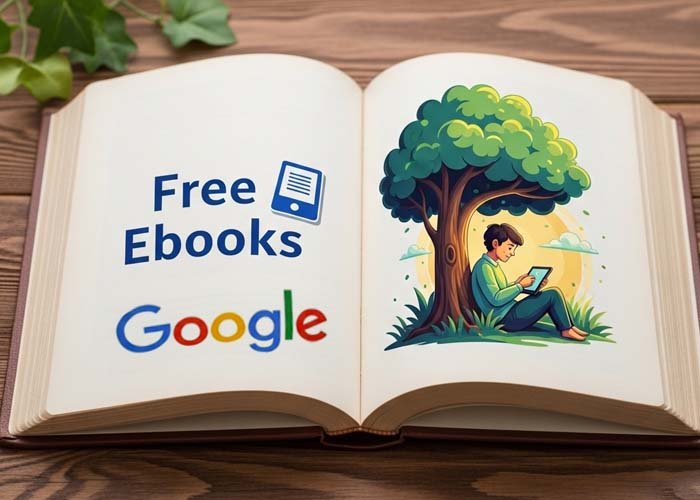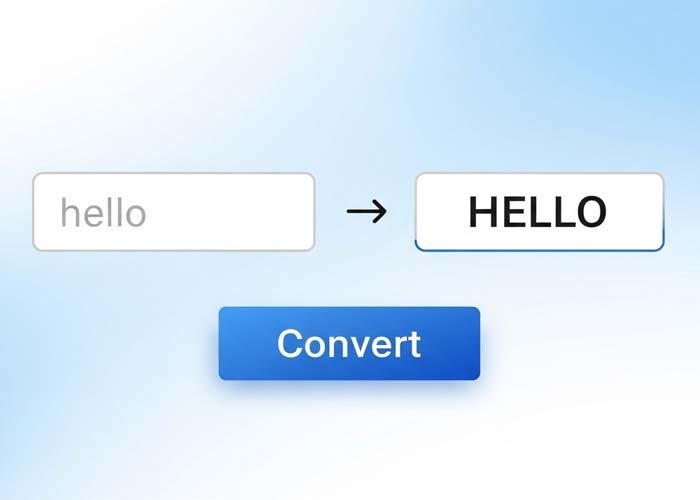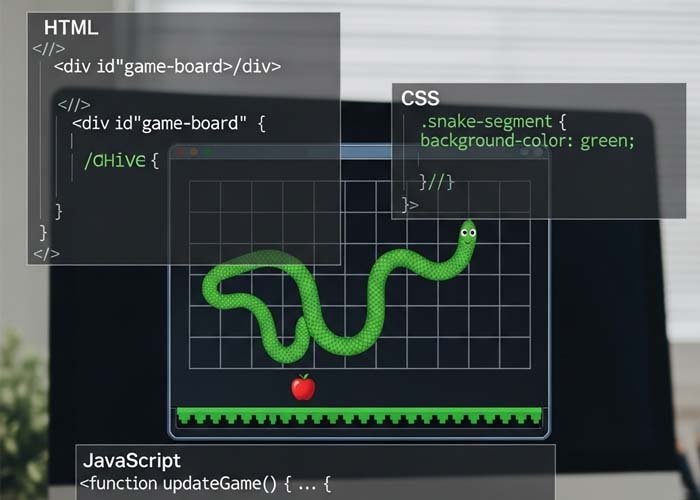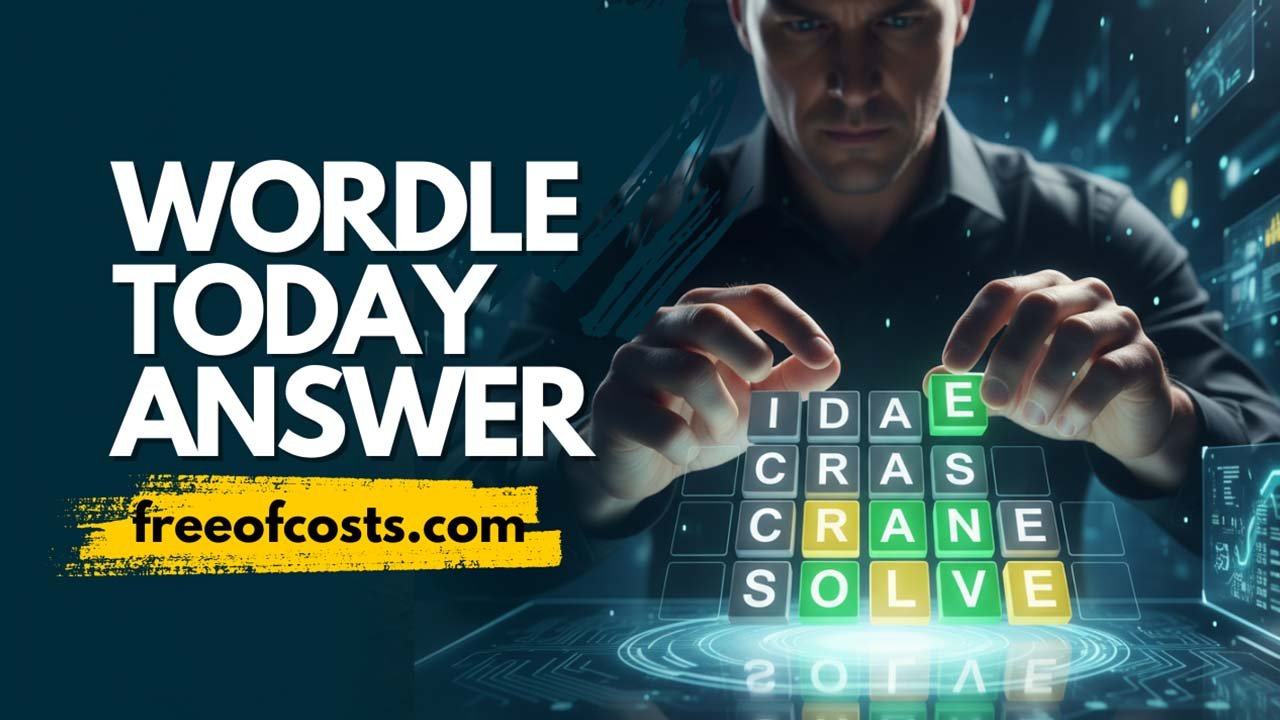Advanced CSS Radio Button with Glow and Icon Effects
This radio button design goes beyond the standard form control, offering a futuristic and highly interactive UI using only HTML and CSS. The layout features circular buttons with glowing effects, icons, layered gradients, and animated feedback when selected or hovered.
Layout Overview
The design is built using a radio-group that contains two custom radio options. Each option is styled as a circle and wrapped inside a radio-container. The overall structure allows each button to function independently while still sharing the same group behavior.
Each container includes:
A layered button surface
A hidden radio input element
A custom SVG icon (a checkmark or a cross)
A glow layer that animates when the button is selected
This structure not only makes the UI interactive but also visually rich and customizable.
Styling and Interaction
The styling is entirely controlled through CSS variables and transitions. The total size of the button, border thickness, glow color, and animation speed are all defined using custom properties. This makes the design easy to modify without touching individual rules.
The radio buttons are circular with a multi-layered effect created by background gradients, shadows, and masks. The gloss and lighting reflections simulate a 3D surface, giving each button a polished, glass-like appearance.
When hovering over a button, the inner circle becomes brighter and slightly elevated. On active click, it responds with a subtle pressed-down shadow. These interactions are handled with pure CSS transitions, delivering a smooth and responsive experience.
Selection and Glow Animation
Once a user selects a radio button, several visual changes occur:
The button glows with a pulsing animation.
A corresponding icon becomes more prominent.
Additional shadows and inner effects enhance the selection feedback.
The glow is created using a blurred background color that expands and contracts in a looped animation, simulating energy or light pulsing from the button.
Each state—default, hover, active, and checked—is carefully defined to ensure smooth transitions between user interactions.
Icon Integration
The radio buttons include embedded SVG icons inside each container. One icon is a circle (for the “yes” option), and the other is a cross (for the “no” option). These are styled with stroke effects and subtle shadow filters to give them a floating appearance.
The icon appearance adjusts dynamically:
On hover, the icon slightly enlarges and increases in brightness.
On selection, the icon glows softly and becomes more pronounced.
On press, the icon scales down slightly to give a tactile feel.
This level of detail improves both the look and the usability of the form component.
Theme and Customization
Different button styles can be applied using modifier classes such as success, warning, danger, and info. Each of these modifies the hue of the button’s background and glow, allowing you to represent states like confirmation, alert, error, or information.
This makes the radio button layout highly reusable in dashboards, forms, quizzes, or preference settings where a more expressive UI is needed.
Final Notes
This custom radio button UI blends advanced CSS techniques like gradients, shadows, masks, transitions, and keyframe animations to create a fully interactive form control. Despite the visual complexity, it runs smoothly in the browser without requiring any JavaScript. Everything from icon behavior to glow effects is handled entirely through CSS, keeping the code clean and efficient.
This design is especially useful for websites or web apps that require a modern, polished look for user interaction elements.
This code uses HTML and CSS only — no JavaScript included.
Copyright – 2025 dexter-st
Permission is freely granted to anyone who obtains a copy of this software and its accompanying documentation files (referred to as “the Software”), allowing them to use, copy, modify, merge, publish, distribute, sublicense, and even sell copies of the Software. Additionally, users are allowed to permit others to use the Software under these same terms.
It is required that the above copyright notices and this permission notice be included in all versions or significant portions of the Software.
Please note, the Software is provided “as is”, without any form of warranty—express or implied. This includes, but is not limited to, warranties of merchantability, fitness for a specific purpose, or non-infringement. Under no circumstances shall the original authors or rights holders be held responsible for any claims, damages, or other liabilities that may arise from the use of the Software, whether through legal action, negligence, or otherwise.
All code on Freeofcosts.com is reviewed before publishing. Each post includes a live code editor with real-time preview, so you can experiment and learn by doing. Most code is open-source and free to use or modify under respective licenses.



